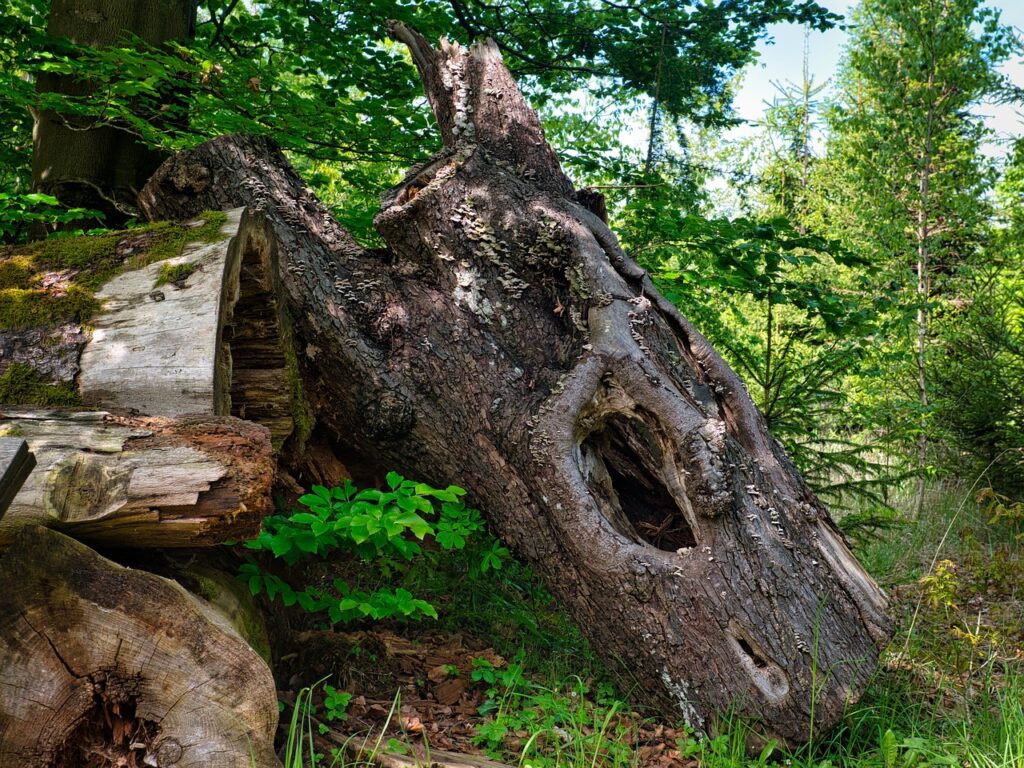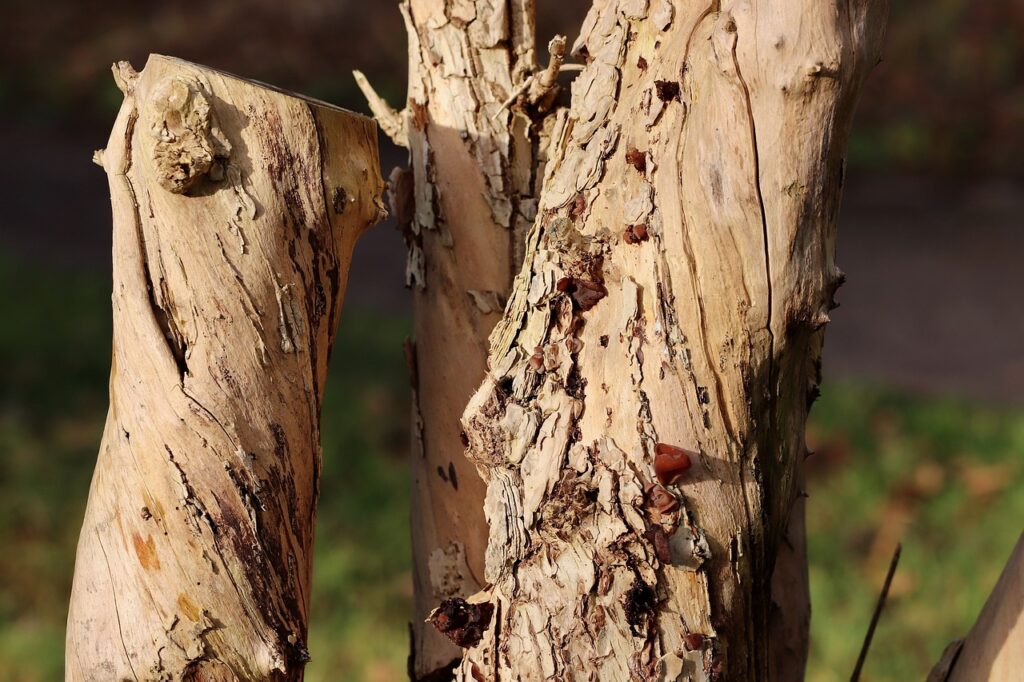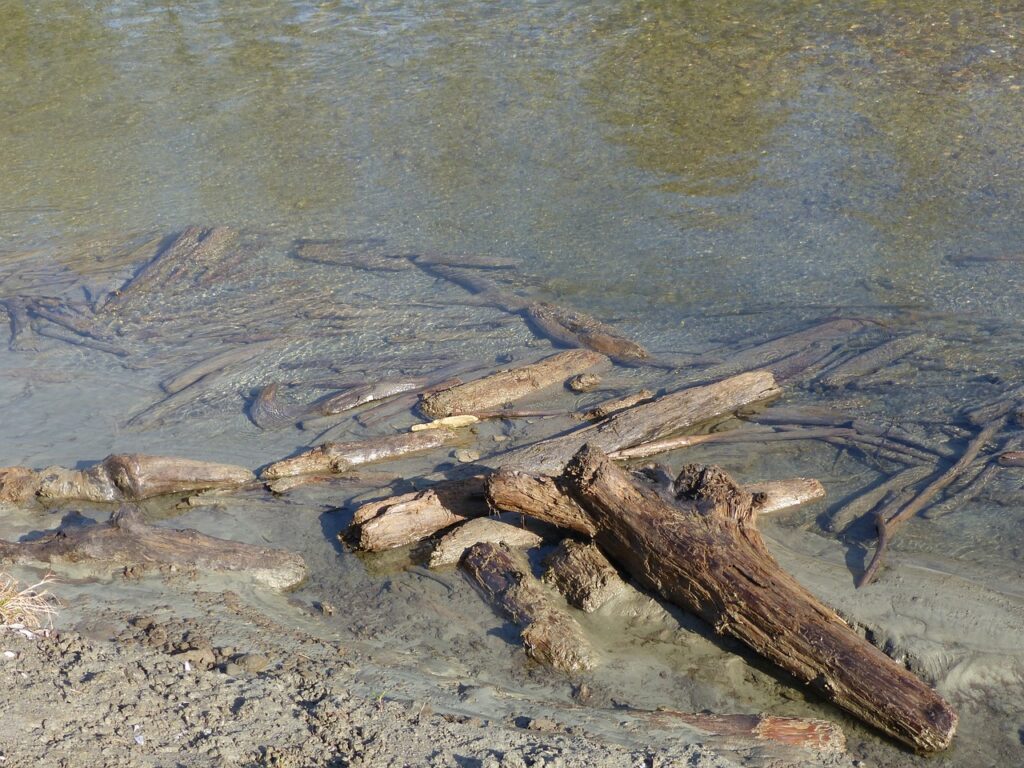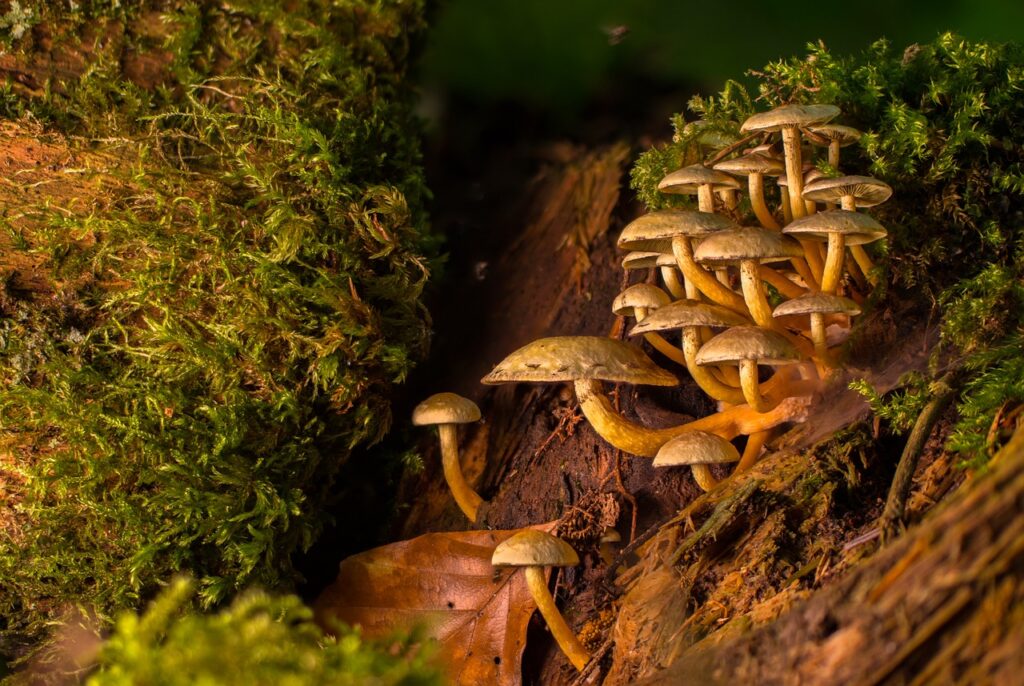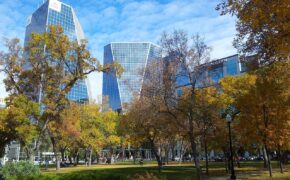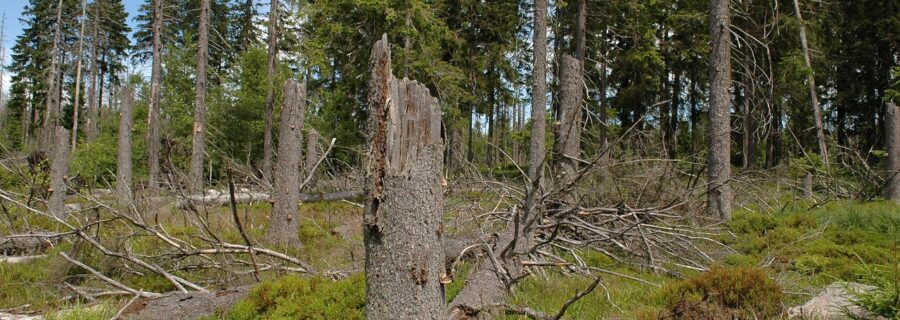
Get a quick no obligation quote It’s free and will only take a jiffy!
The Importance of Deadwood
Fallen branches, rotting tree stumps and dead trees may seem surplus to requirements, but in actual fact, they are of significant importance to biodiversity and natural habitats. Here we look at why deadwood is important, and how you should deal with it.
Decaying wood recycles nutrients back into the soil. It provides food and habitat for wildlife, and plays host to vital fungi.
What is deadwood?
Deadwood is the decomposing wood that’s left when a tree dies or sheds branches. It forms a natural part of a tree’s lifecycle.
Even though it is no longer living or growing, dead and decaying wood provides a nutrient-rich habitat for fungi, a breeding ground for beetle larvae, and a rich source of insect-based food for birds and other animals.
There are various types of deadwood, all of which are important for biodiversity.
Fallen deadwood
Naturally fallen branches and felled wood store a host of nutrients which are gradually released into the ground as the wood decomposes. Once the nutrients are unlocked, they can be reused by living trees and other plants to boost their growth and keep them healthy.
Standing deadwood
Sometimes a tree will die, yet remain standing, often for many years. The more decomposed it becomes, the more likely it will be for a dead tree to be naturally felled during high winds or storms. Whilst it is important to remove dead trees that are standing close to property or the public highway in case they should fall and cause damage or injury, if there is no such risk present, then the tree can be allowed to remain in place. Standing deadwood provides a highly valuable habitat for wildlife that is unable to live anywhere else.
Decaying roots and stumps
Lots of deadwood is found beneath the ground amongst the large, woody roots of trees. Tree stumps left behind after tree removal or natural felling by the elements will also start to rot and provide important habitats and food sources for wildlife.
Rotting heartwood
Ancient trees tend to hollow out within their trunks over time as their heartwood starts to decay from the inside out. Depending on the species, a tree can live for hundreds of years whilst decaying in parts, with the living wood carrying on supporting the tree on the outside.
Why is deadwood important?
Without decaying deadwood, natural ecosystems would quickly run out of nutrients. As the wood decomposes, vital nutrients are released that can be re-used by trees for growth, which maintains a healthy ecosystem.
Deadwood also plays an essential role in supporting biodiversity. The diversity of species supported by decaying wood is very high thanks to the numerous types of habitats it creates.
Plants, fungi and animals all make use of these habitats for food, nesting, shelter and development of larvae.
Deadwood also maintains the health of rivers. As it falls into streams, river channels and floodplains, it supports the different stages of life of fish and invertebrates. It also slows the flow of the water to provide natural floor defence, and improves the quality of the water by filtering out pollutants.
Why is deadwood under threat?
Dead and decaying wood is seen by some as untidy or a risk to health. Many will tend towards neatening habitats, especially in urban areas. But this could mean deadwood is removed just for the sake of aesthetic appearance.
Naturally, health and safety considerations are important. But the huge ecological value of deadwood really must be taken into account.
The key message here is good management. Taking care of trees both during their living years and when they begin to decay is vital.
How to deal with deadwood
Deadwood pruning by a qualified tree surgeon will ensure any hazardous branches are safely removed from a tree so that they do not fall unexpectedly. There is no reason, however, why the deadwood cannot be left aside somewhere safe to create vital habitats and food sources for wildlife as part of a natural landscape.
Dead trees that remain standing can be assessed for risk and left in place if it is felt safe to do so. Regular monitoring is of course advisable. Otherwise, they can be safely taken down and cut into logs to be used as a natural landscaping feature which will still support biodiversity.
Looking for help dealing with deadwood?
At TH Trees Ltd we have been caring for trees across Essex for more than 15 years. For a free consultation and the helpful advice you need to deal with any type of deadwood on your land, please call us on 01268 642814.
I can thoroughly recommend TH Trees. Their professionalism and communication has always been paramount. The jobs undertaken carried out to my satisfaction. Above and beyond.
Thank you Jo for your kind review, it's always a pleasure to be of assistance with your trees.

